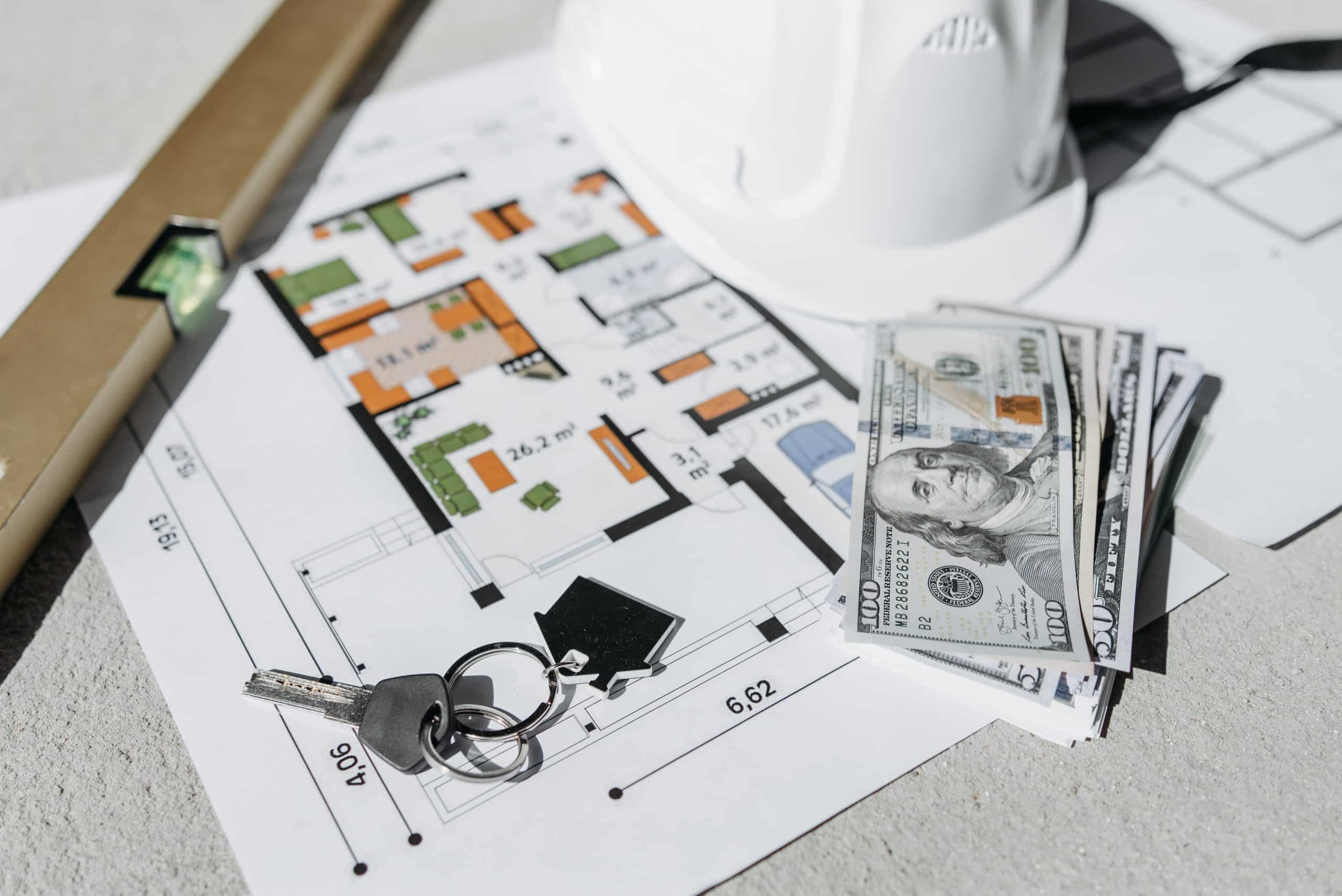To succeed in the real estate industry, you need more than just capital. A well-crafted business plan is a prerequisite to navigating the world of real estate investment. This plan will serve as your roadmap, guiding you through the decision-making process, helping you allocate resources, and ultimately, allowing you to realize your investment goals.
Understanding the Need for a Real Estate Business Plan
Just like a ship navigating the rough seas, real estate investors need a plan to chart their course. This plan is largely about understanding the market, defining your goals, planning your strategies, and managing your financial resources.
Lire également : What are the best practices for financing real estate investments?
Creating a real estate investing business plan is not about producing a document, but rather about thorough thinking, researching, and strategizing. It is about setting a course for your business that will help you avoid costly mistakes and maximize your returns on investment.
Define Your Business Goals
As you embark on your real estate investment journey, the first step should be to define your business goals clearly. What do you want to achieve? Are you looking for a steady stream of income through rental properties, or are you investing in properties to sell them at a profit in the future? Your goals will guide your investment decisions.
A découvrir également : How can you leverage real estate for wealth building?
Every investment should align with your overall business objectives. For instance, if your goal is to create a steady income, you should invest in rental properties. On the other hand, if your goal is to maximize profits, you might want to invest in properties that you can renovate and sell at a higher price.
Analyse the Real Estate Market
Understanding the real estate market is crucial for your business. You need to analyze the market trends, identify opportunities, and understand the potential risks. This involves researching the property prices, rental rates, and demographic trends in different regions.
Moreover, you should also keep a keen eye on the financial market. Interest rates, for example, can have a significant impact on your investment strategy. If the rates are low, it might be a good time to borrow money and invest in properties. If the rates are high, you might want to postpone your investments or look for alternative financing options.
Designing Your Investment Strategy
Once you have defined your goals and understood the market, the next step is to design your investment strategy. This involves deciding on the type of properties to invest in, the geographic location, and the financial structure of your investments.
Select Your Investment Properties
Choosing the right properties to invest is one of the most crucial decisions you will make. Your choice should be based on your business goals, market research, and risk appetite. For instance, if your goal is to generate rental income, you might want to invest in residential properties in areas with a strong demand for rental homes.
Also, it’s essential to consider the condition of the property. A property in poor condition might require substantial renovation costs, which can eat into your profits. On the other hand, a well-maintained property can save you money and time.
Choose Your Geographic Location
The location of your investment properties can significantly impact your returns. Some locations might offer high rental income, while others might provide more opportunities for capital appreciation.
Therefore, you need to thoroughly research the demographic trends, economic indicators, and real estate market conditions in different locations. This will help you identify the most profitable locations for your investments.
Plan Your Financial Structure
Real estate investing involves significant financial resources. Therefore, planning your financial structure is crucial. This involves deciding how much money you will invest, the source of your funds, and your exit strategy.
You might want to use your savings, borrow from a bank, or find investors. Each of these financing options has its advantages and disadvantages, and your choice should be based on your business goals, risk tolerance, and financial situation.
Moreover, you should also plan your exit strategy. This involves deciding when and how you will sell your properties to realize your profits.
Implementing Your Real Estate Business Plan
Once you have designed your business plan, the next step is to implement it. This involves finding the right properties, negotiating the deals, managing your properties, and monitoring your progress.
Find and Acquire Properties
After identifying the type and location of properties you want to invest in, the next step is to find and acquire these properties. This involves researching the market, contacting property owners, and negotiating the deals.
You might want to work with a real estate agent or broker to help you find the best deals. Also, consider working with a lawyer to ensure that the contracts are legally sound.
Manage Your Properties
Owning a property is just the first step. To maximize your returns, you need to manage your properties effectively. This involves maintaining the property, finding and managing tenants, and dealing with any legal issues.
You might want to hire a property management company to handle these tasks for you. However, remember that this will reduce your rental income, so you should consider the cost versus the benefits.
Monitor Your Progress
Finally, it’s crucial to monitor your progress regularly. Are you achieving your business goals? Are your investments generating the expected returns? If not, you might need to adjust your business plan.
By regularly reviewing your business plan, you can identify any issues early and take corrective action. This will help you keep your business on track and maximize your profits.
In summary, a real estate investing business plan is not a one-time task. It’s a living document that should be regularly reviewed and updated as the market conditions change and your business evolves. It’s the tool that will guide your business decisions, help you manage your resources, and ultimately, help you realize your investment goals.
Diversification and Expansion: The Larger Picture
When it comes to your real estate investment business, diversification and expansion are two key aspects to consider. Your business plan should not only focus on the immediate transactions you intend to make but also consider the bigger picture of where you want your business to grow and expand in the long run.
Diversifying Your Portfolio
As the adage goes, “Don’t put all your eggs in one basket.” This wisdom rings true in real estate investing. Having a diverse portfolio means investing in different types of properties such as residential, commercial, and rental properties. It could also mean investing in different geographic locations – not just in your local area, but potentially in different cities or even countries.
The benefit of diversifying your portfolio is that it minimizes risk. If one investment underperforms or suffers from a market downturn, others might perform well, thus balancing your overall returns. Just as you would plan your financial structure, so too should you plan for a diversified portfolio to maintain a healthy cash flow.
Business Expansion
Expansion is another aspect of a long-term business plan. As your real estate business grows, you might want to consider expanding into new markets, offering additional services, or even partnering with other investors for larger projects. Expansion can help increase your revenue and profitability, but it also comes with an increased risk and complexity.
Your business plan should outline your vision for expansion: when and how you plan to expand, what resources you will need, how you will manage the additional workload, and how the expansion will contribute to your overall business goals. As you draft your plan template, consider the different opportunities for expansion and the potential risks involved.
Conclusion: Your Dynamic Roadmap
Creating a real estate investing business plan is not a one-time event, but rather an ongoing process. Treat it as a living, breathing document that evolves with your business and changes in the market. Regularly updating your business plan allows you to stay focused on your goals and adapt to changes in the real estate market.
Review and Revise
Your business plan should be reviewed and revised regularly. Changes in market conditions, economic indicators, new investment opportunities, or challenges in your business can all necessitate adjustments to your plan. Your mission vision should remain your guiding star, but the steps to achieving it may require frequent recalibration.
The Power of a Dynamic Plan
A dynamic business plan is a powerful tool for any real estate investor. It not only prepares you for the initial stages of setting up your business but also guides you through the entire journey of real estate investing. It helps you navigate market changes, understand your cash flow, and make informed decisions about your business growth.
As you create your business plan, remember to include an executive summary, a detailed market analysis, a marketing plan, a SWOT analysis, and your long-term investment strategy. These will give you a comprehensive overview of your business and help you pitch your business to potential investors or partners.
In closing, creating a real estate investing business plan is a journey of self-discovery and strategic thinking. It’s an exercise in understanding your business goals, your market, and your strategy for success. It’s your roadmap to achieving your dreams in the world of real estate investment. It’s the key to unlocking the potential of your real estate business.






